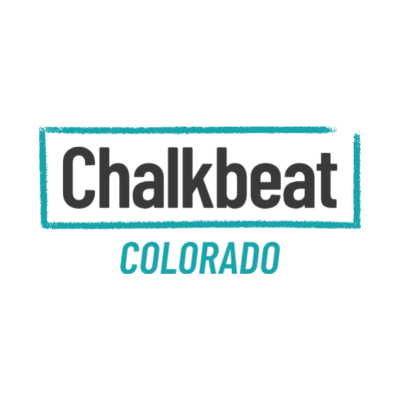 Chalkbeat Colorado Article Rating
Chalkbeat Colorado Article RatingColorado campuses could look different after Supreme Court affirmative action ruling
- Bias Rating
-12% Somewhat Liberal
- Reliability
85% ReliableGood
- Policy Leaning
50% Medium Conservative
- Politician Portrayal
36% Negative
Continue For Free
Create your free account to see the in-depth bias analytics and more.
Continue
Continue
By creating an account, you agree to our Terms and Privacy Policy, and subscribe to email updates. Already a member: Log inBias Score Analysis
The A.I. bias rating includes policy and politician portrayal leanings based on the author’s tone found in the article using machine learning. Bias scores are on a scale of -100% to 100% with higher negative scores being more liberal and higher positive scores being more conservative, and 0% being neutral.
Sentiments
N/A
- Liberal
- Conservative
| Sentence | Sentiment | Bias |
|---|---|---|
Unlock this feature by upgrading to the Pro plan. | ||
Reliability Score Analysis
Policy Leaning Analysis
Politician Portrayal Analysis
Bias Meter
Extremely
Liberal
Very
Liberal
Moderately
Liberal
Somewhat Liberal
Center
Somewhat Conservative
Moderately
Conservative
Very
Conservative
Extremely
Conservative
-100%
Liberal
100%
Conservative

Contributing sentiments towards policy:
60% : The last time the Supreme Court took up affirmative action was in 2016, when it upheld that colleges and universities can use race in admissions.50% : The Supreme Court decision stems from two cases that were brought by Students for Fair Admissions, an organization headed by Edward Blum, who has spent years fighting affirmative action policies.
50% : While Asian Americans are highlighted in the case, they have a mixed view on affirmative action and using race in admissions, according to a Pew Research Center study.
45% : "My guess is that some of the parents who are driving the narrative that affirmative action is harming their children have actually been the beneficiary of affirmative action policies," she said.
32% : Data from states that previously banned affirmative action provide a look at what may happen nationwide.
32% : After California and Michigan banned affirmative action, the share of Black, Latino, and Indigenous students at several of the most selective universities fell sharply.
*Our bias meter rating uses data science including sentiment analysis, machine learning and our proprietary algorithm for determining biases in news articles. Bias scores are on a scale of -100% to 100% with higher negative scores being more liberal and higher positive scores being more conservative, and 0% being neutral. The rating is an independent analysis and is not affiliated nor sponsored by the news source or any other organization.





















